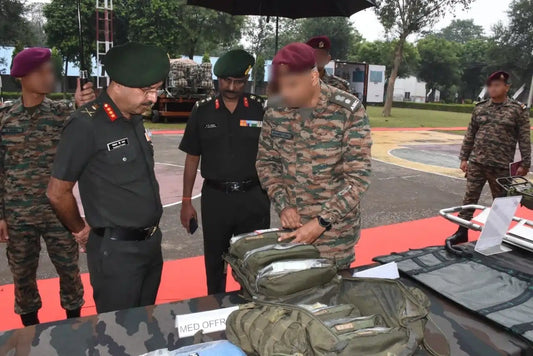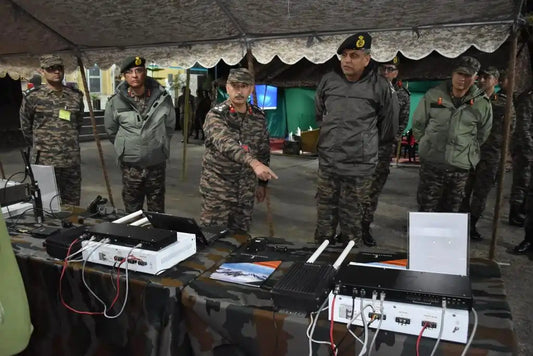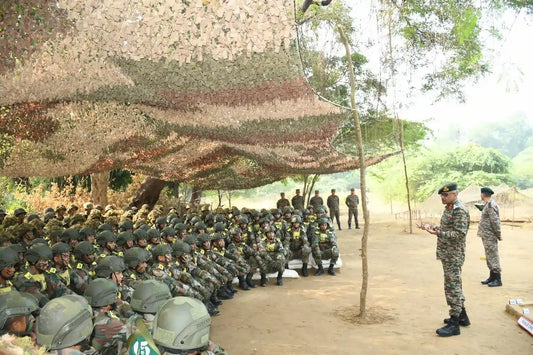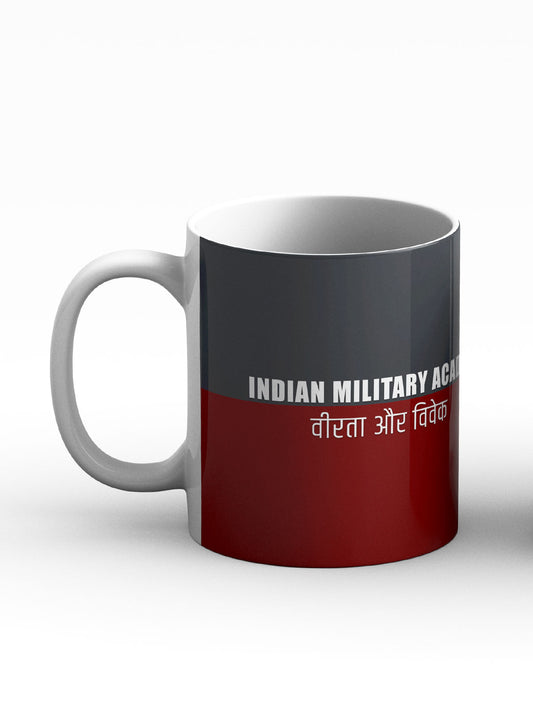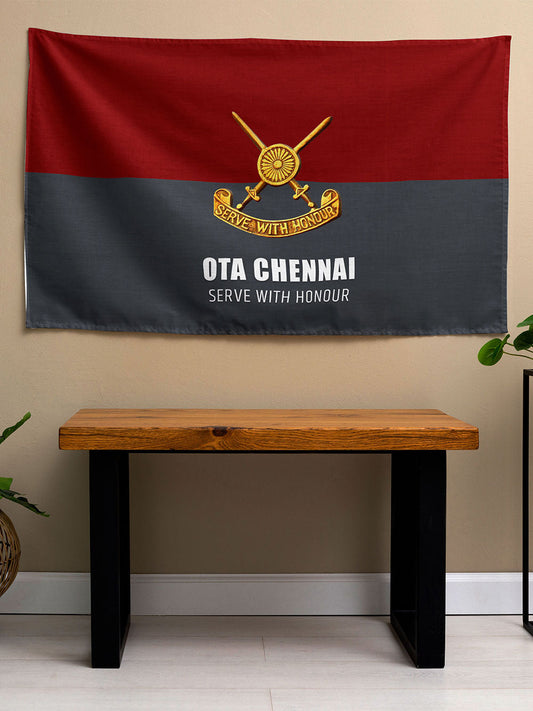Indian Army Announces Comprehensive Modernisation Strategy, Seeks Enhanced Industry Partnership
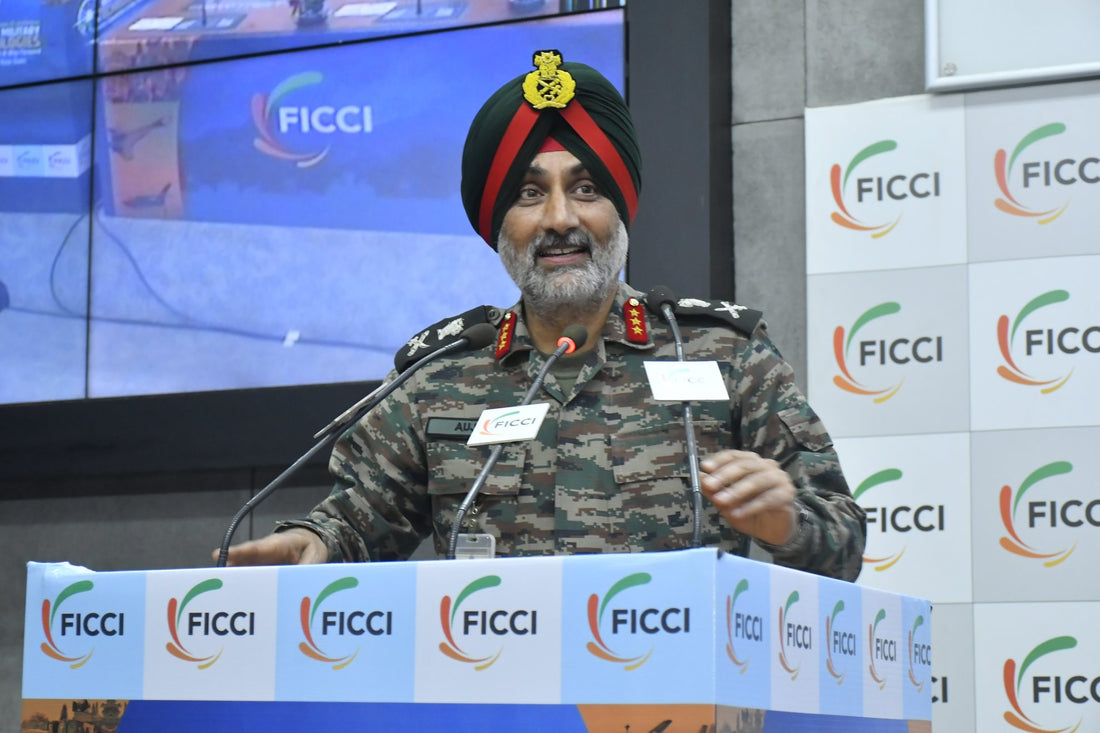
The Indian Army has introduced a comprehensive modernization plan aimed at enhancing its combat capabilities to meet the demands of future warfare. This announcement was made by Lieutenant General Amardeep Singh Aujla, Master General Sustenance, during the "New Age Military Technologies: Industry Capabilities & Way Forward" conference organized by FICCI.
According to Lt Gen Aujla, the Army's vision focuses on unparalleled collaboration among the military, policymakers, and the private sector to boost innovation and self-reliance in defense technologies.
A key element of this initiative is the development of advanced hypersonic platforms, which include hypersonic glide vehicles, air-breathing engines, and next-generation missiles. These technologies aim to significantly alter the deterrence landscape. “We want to change the deterrence equation with ultra-fast and highly manoeuvrable weapon systems,” he stated.
The Army's enhanced strike and defense capabilities will also incorporate precision-guided munitions (PGMs), loitering munitions, and directed energy weapons such as high-energy lasers and microwave systems, particularly for counter-drone and anti-satellite operations.
Understanding the critical role of digital dominance, the Army is prioritizing advancements in offensive and defensive cyber warfare, electronic warfare capabilities, and autonomous systems to safeguard spectrum and satellite communications.
The modernization roadmap also emphasizes upgrades focused on soldiers. Plans include the development of exoskeletons, smart body armor, human augmentation, and AI-driven wearable technology like helmets and real-time health monitors, which aim to enhance agility, resilience, and operational endurance.
To support these capabilities, the Army is overhauling its logistics and supply chain systems using AI, machine learning, blockchain, and IoT technologies, aiming to create cyber-resilient, efficient, and sustainable operational frameworks.
Lt Gen Aujla called on policymakers to advance defense innovation through dedicated funds, streamlined procurement processes, and the establishment of technology hubs and incubators. He emphasized the need for a clear alignment of roles among the military, industry, and government to bring the strategic vision to fruition.
“We must move beyond slogans. Without a supportive environment, atmanirbharta will remain a catchphrase,” he warned, advocating for meaningful and measurable collaboration to position India as a leader in modern warfare technologies.
